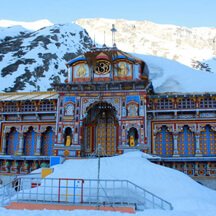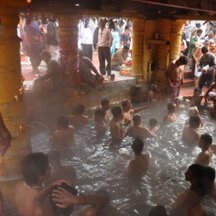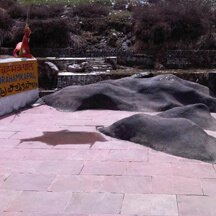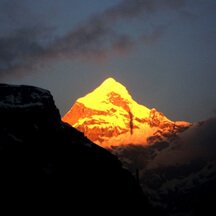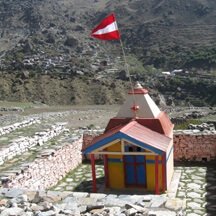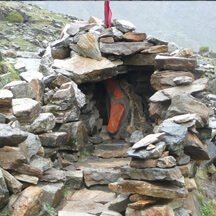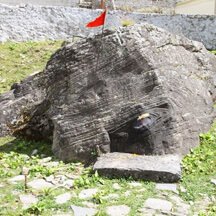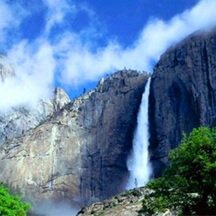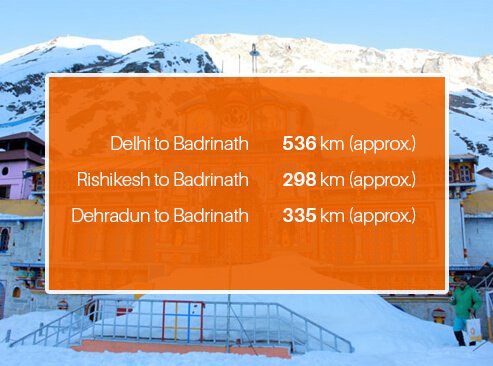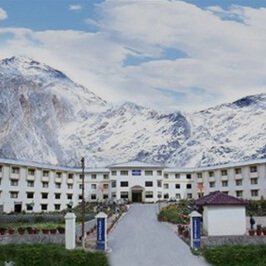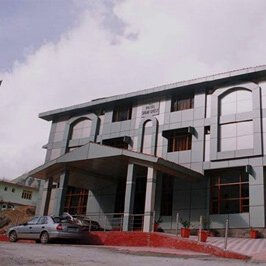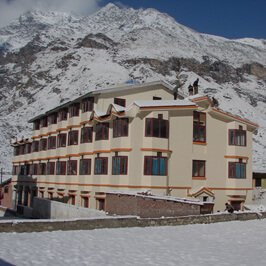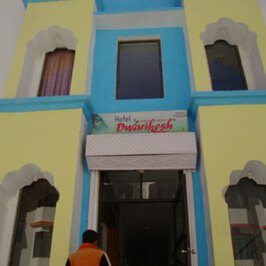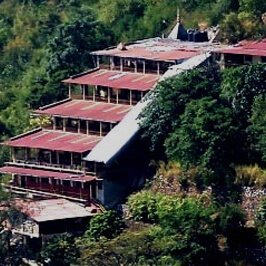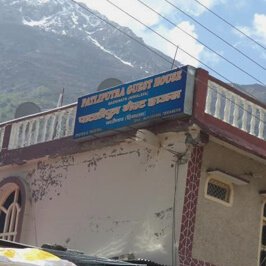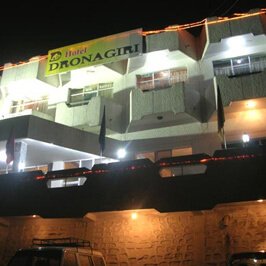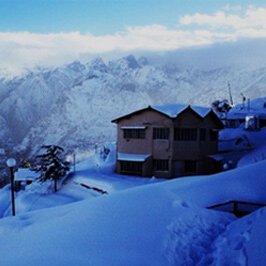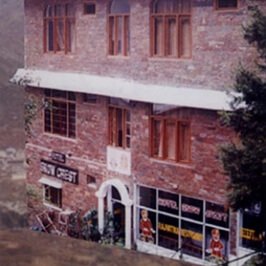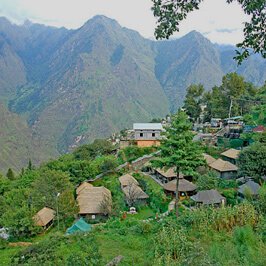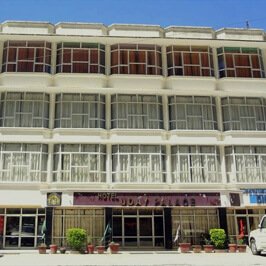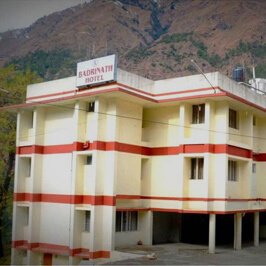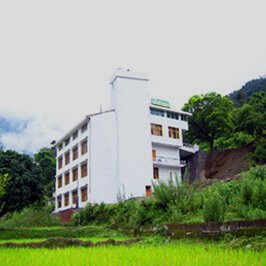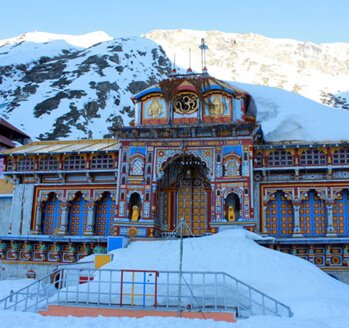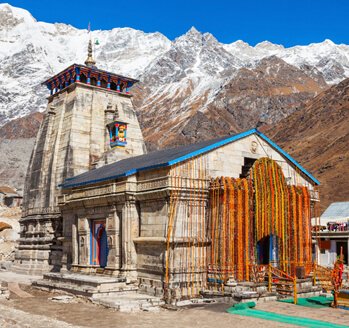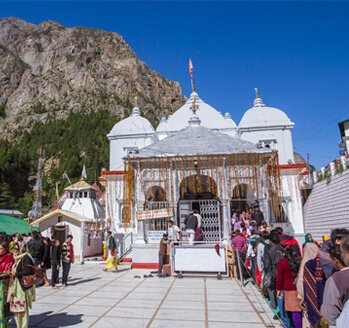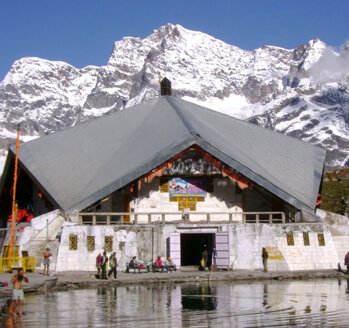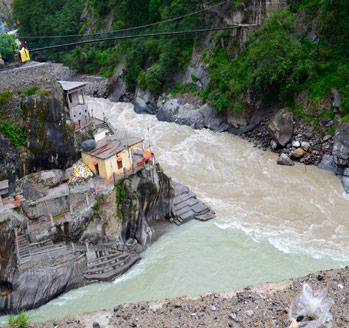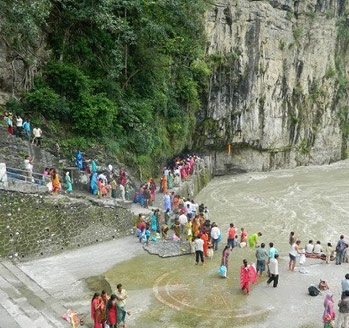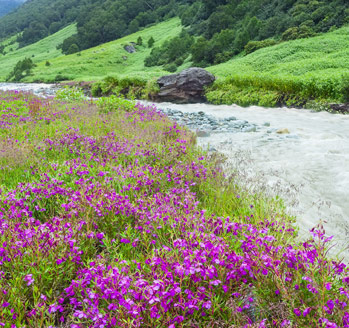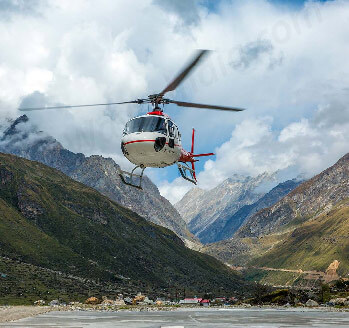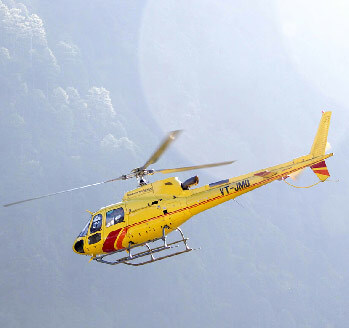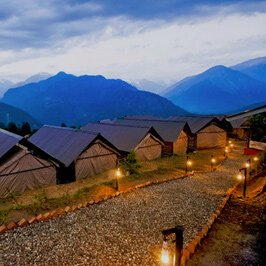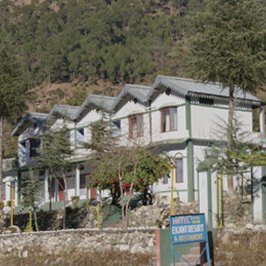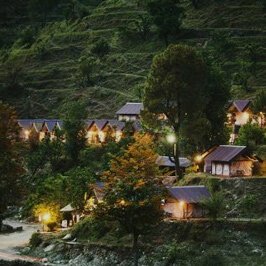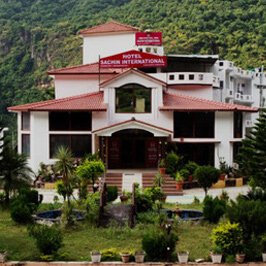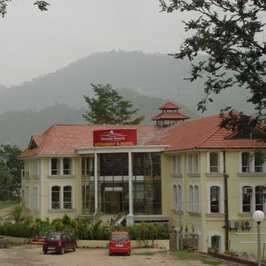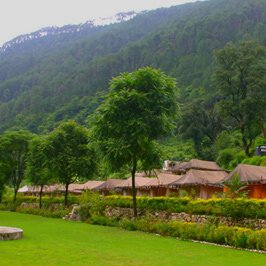Badrikaashram
Badrinath being one of the most legendary Temples, it has numerous mythical tales associated with it. According to one mythological tale, Lord Vishnu had performed rigorous atonement at this place. During his intense meditation, he was unaware about the severe weather conditions. To protect him from the scorching heat of the sun, his spouse Goddess Lakshmi acquired the shape of Badri tree and spread over him. Witnessing this, Lord Vishnu was pleased by her devotion and hence he named the spot after her as Badrikashram.
Lord Narayana�s Desire to Meditate in Badrinath
Another legend states that, Lord Shiva and Goddess Parvati were once performing tapasya in Badrinath. It was then Lord Vishnu came in disguise as a small boy and disrupted them, by crying loudly. On hearing that Goddesses Parvati asked him the reason behind his mournful behavior, to which he replied that he wanted to meditate in Badrinath. Shiva and Parvati, on discovering Lord Narayan in disguise, left Badrinath and moved to Kedarnath.
Tale of Nar and Narayana
Badrinath Dham is also related to the tale of the two sons of Dharma, Nar and Narayana who wished to setup their hermitage and expand their religious base amidst the pious Himalayas. Going by the legends, during their quest to find a suitable place for their hermitage they led to a chanced discovery of the four sites of Panch Badri, namely Dhyan Badri, Yog Badri , Bridha Badri and Bhavishya Badri. Finally they came across a spot which was blessed with two fascinating cold and hot springs behind river Alaknanda. They were extremely overjoyed on finding this place and thus they named this place as Badri Vishal, this is how Badrinath came into being.
Pandava's Ascent to Swargarohini Via Badrinath
It is also said that the Pandavas of the holy epic Mahabharata climbed via 'Swargarohini, popularly known as the ascent to heaven, and Mana town, north of Badrinath while on their route to heaven.
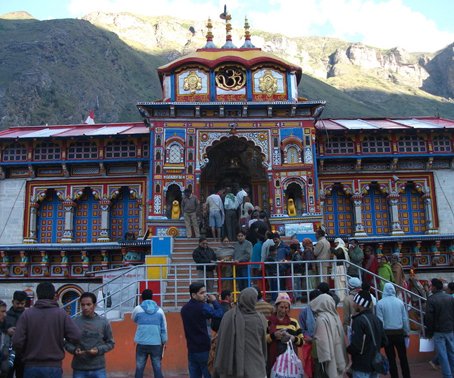
The Origin of River Alaknanda
Last but not the least, there is another great legendary tale, which is associated to Badrinath. Legends state that the holiest and curse reliever, river Ganges had granted the request of Bhagiratha, for relieving the humanity from the curse of sufferings and sins. While ascending to earth, the intensity of river Ganges was such that it could have immersed the entire earth under its waters. To release the earth from such unbearable consequences, Lord Shiva bore her onto his tresses and ultimately, the river Ganges got divided into twelve holy rivers and river Alaknanda, which flows past the sacred Badrinath Temple, was one of them.








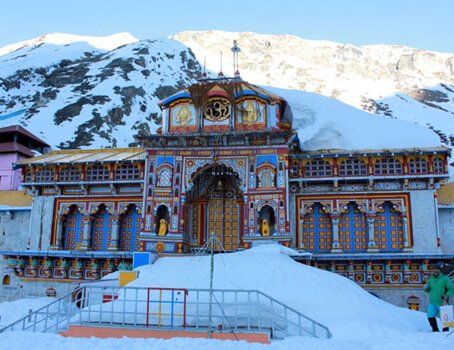 The picturesque town of Badrinath is where divinity meets with the serenity of nature. Located in the Chamoli district in Uttarakhand at the height of 3,133 meters, the pre-eminent abode of Lord Vishnu is one of the holiest of the holy shrines of Char Dham pilgrimage in India. Other Char Dham sites include Dwarka, Puri and Rameswaram.
The picturesque town of Badrinath is where divinity meets with the serenity of nature. Located in the Chamoli district in Uttarakhand at the height of 3,133 meters, the pre-eminent abode of Lord Vishnu is one of the holiest of the holy shrines of Char Dham pilgrimage in India. Other Char Dham sites include Dwarka, Puri and Rameswaram.
